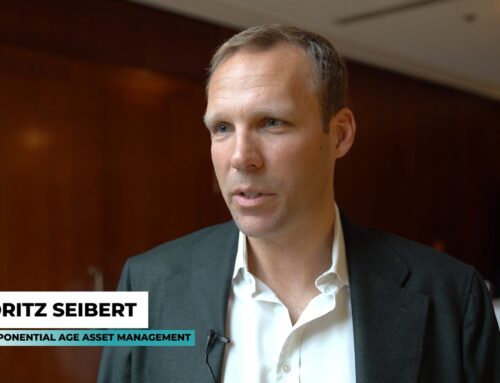Here’s a question which comes up time and time again, and I’ve heard it again this week.
Why invest in a trend following CTA when I can buy and hold the S&P 500 for “zero cost” and end up making money when holding it for multiple years?
Note that I’ve put quotation marks around “zero cost” because it surely ain’t for free, but that’s a topic for another blog post.
As far as I’m concerned, I still need (and want) to meet the investor who has indeed remained invested in the S&P 500 for multiple years, let alone decades, without interfering a single time. Most investors cannot resist to “play” with the markets from time to time.
I think we fool ourselves when we look at the historical time series of the S&P 500 and say “that could have been me.” Looking at the historical index returns and translating those into our own performance is one thing. But actually achieving that performance is quite another, because it requires the active trader in us to stay away from the markets and do nothing. Yes, do absolutely nothing!
Interestingly, while our steadfast trader does nothing and stays passive, the index becomes active through its rules-based design.
Most people will think of the S&P 500 as a passive index even though it’s underpinned by an active trading system. The index rules produce trading signals, and replicating the performance of the S&P 500 (and most other equity indexes) wouldn’t be possible without actively trading in the markets – essentially a reaction function to momentum-driven constituent changes, (discretionary) index committee decisions, and rebalancing events.
The crux of the matter is that doing nothing can be very hard when the alternative is to participate in the seemingly exciting price action of the markets. Here’s your shot at outsmarting the markets – come and take it!
Doing nothing means you don’t panic during crises and don’t realize gains during strong bull markets or bubbles. If you can manage to do that, then that’s true buy and hold (or, as I would rather call it, “buy and hope”).
Let’s be honest. Does your personal S&P 500 performance really mirror the performance of the historical chart? Odds are that your personal results from trading the long side of the S&P 500 will look worse than those of the index.
But back to our trend following CTA question. The question implies comparing the performance of a single equity index market to a large, multi-asset trend following program. It’s apples and oranges. I think people know it’s an inappropriate benchmark but don’t care.
Discussions of that sort give me the impression that some (maybe most) investors like to dislike trend following. It’s a love-hate relationship. When the S&P 500 is in a bull market, something as “easy” as trend following clearly can’t be good enough. “It’s beta, it’s just a factor,” is what they say.
It seems many investors have a strong mental desire to avoid trend following, although trend following strategies have performed pretty well during the past months (as of June 2021). How can it be that a price-based system designed to buy highs and sell lows outperforms the fundamental trader who studies and analyzes the markets each day? How can it be acceptable that simplicity can do better than complexity? It’s hard to embrace that.
But embrace it is what we do.
#happytrading





